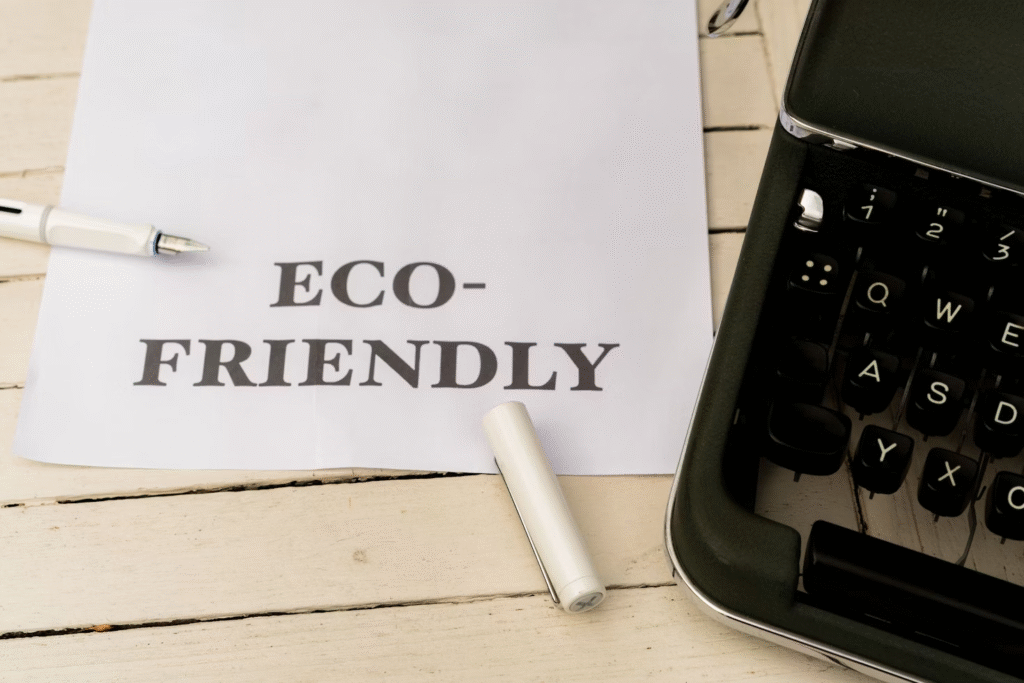Sustainability is a goal that all businesses shoot for these days. Sadly, many businesses still think that it comes at the expense of growth due to the changes that you might need to make in order to accommodate those new processes. It makes sense too when you consider the extra time, money, and resources you spend on environmental practices that don’t directly contribute to revenue. But as industries evolve, more and more companies are discovering that caring for the environment and growing profitably can work together.
When a business takes steps to reduce waste, improve efficiency, and operate responsibly, it’s helping the planet and building a stronger foundation for future generations. Customers, investors, and even employees all pay attention to businesses that act with purpose, and that trust leads to stronger and more consistent growth over time.
Source: Unsplash (CC0)
Rethinking sustainability as a business strategy
Sustainability is a way of thinking that can improve your business. By re-evaluating supply chains, production methods, and even office operations, you can often find ways to cut costs while reducing your environmental footprint. These kinds of changes boost efficiency which benefits both profit margins and the planet.
Forward-thinking companies use sustainability as a tool for innovation. New products and processes built from sustainable environment goals tend to pave the way for new markets and attract customers who prefer to support responsible businesses.
Building credibility through responsible action
Businesses that take steps toward sustainability often gain more trust and respect from their communities and clients. When you show a commitment to making positive change, you’re telling your audience and even employees that you care about more than short-term results.
Many companies take part in voluntary remediation projects to clean up or restore areas affected by industrial activity, demonstrating both responsibility and leadership. When a business invests in the health of its environment, it tells customers and partners that it’s serious about doing the right thing, strengthening its image while supporting long-term growth.
Saving resources means saving money
Protecting the environment often leads to more efficient resource use. Reducing energy consumption, limiting waste, and improving different systems to prevent loss can have a huge impact on your bottom line. Many businesses that switch over to greener practices quickly notice financial benefits such as lower operating costs.
For manufacturing or production-based industries, sustainable upgrades can include smarter water systems, energy-efficient machinery, and waste recovery programs. Over time, these improvements pay for themselves, freeing up resources that can be invested back into the business.
Attracting new customers and investors
Consumers are more likely than ever to buy from brands that share their values. When a company prioritizes protecting the planet, it appeals to customers who want to support responsible business practices. This kind of loyalty doesn’t depend on giving out things like discounts. Rather, it’s built on shared values and authenticity.
The same applies to investors, many of whom are now looking for companies with strong sustainability goals, knowing they’re better prepared to adapt to changing regulations and market expectations.
Protecting the environment and growing a business can go hand in hand. Just remember that sustainability isn’t a trade-off, but an opportunity to build a lasting business.







